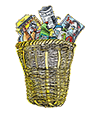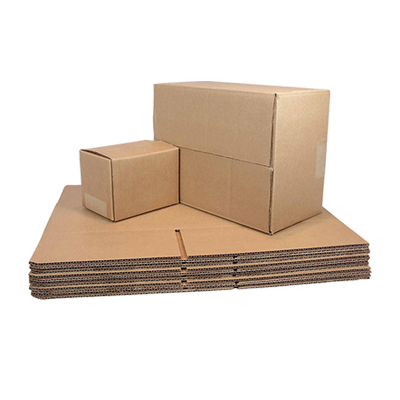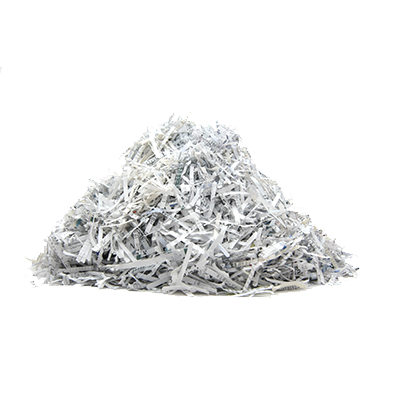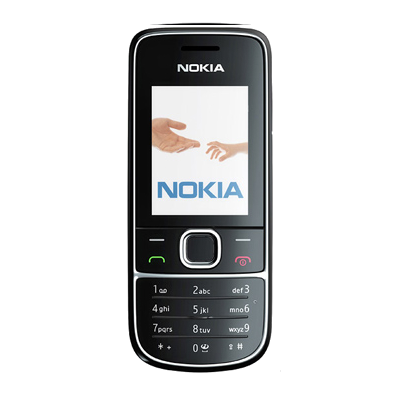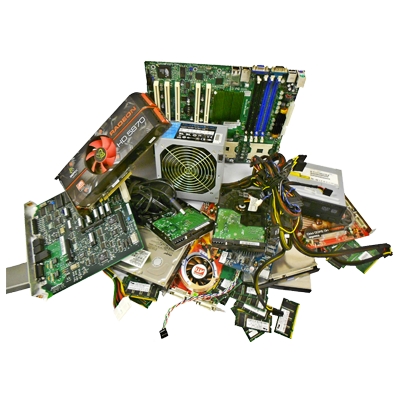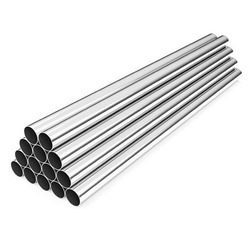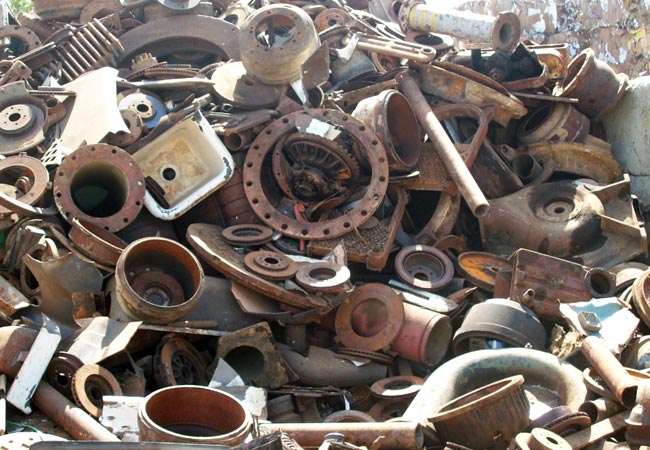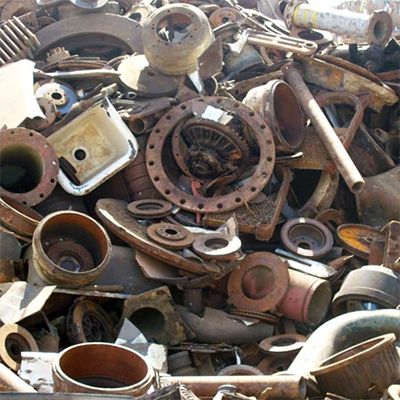
2021-02-24
How You Can Protect Yourself and Waste Workers from COVID-19
Even though we may have now become accustomed to sanitizing our hands and social distancing, COVID-19 is still very much a pandemic in 2021. Some of us may be a little more protected than others from COVID if we are lucky to work from home or can avoid large crowds when going to work either by motorcycle or car. However, waste workers are not so lucky. They have to collect waste from our households and institutions every day, often with insufficient or ineffective personal protective equipment (PPE). PPE consists of thick protective material that covers the entire body, masks, gloves, safety glasses, boots, and hard hats that protect waste workers from infectious diseases, workplace accidents, and other injuries by reducing physical points of infection.
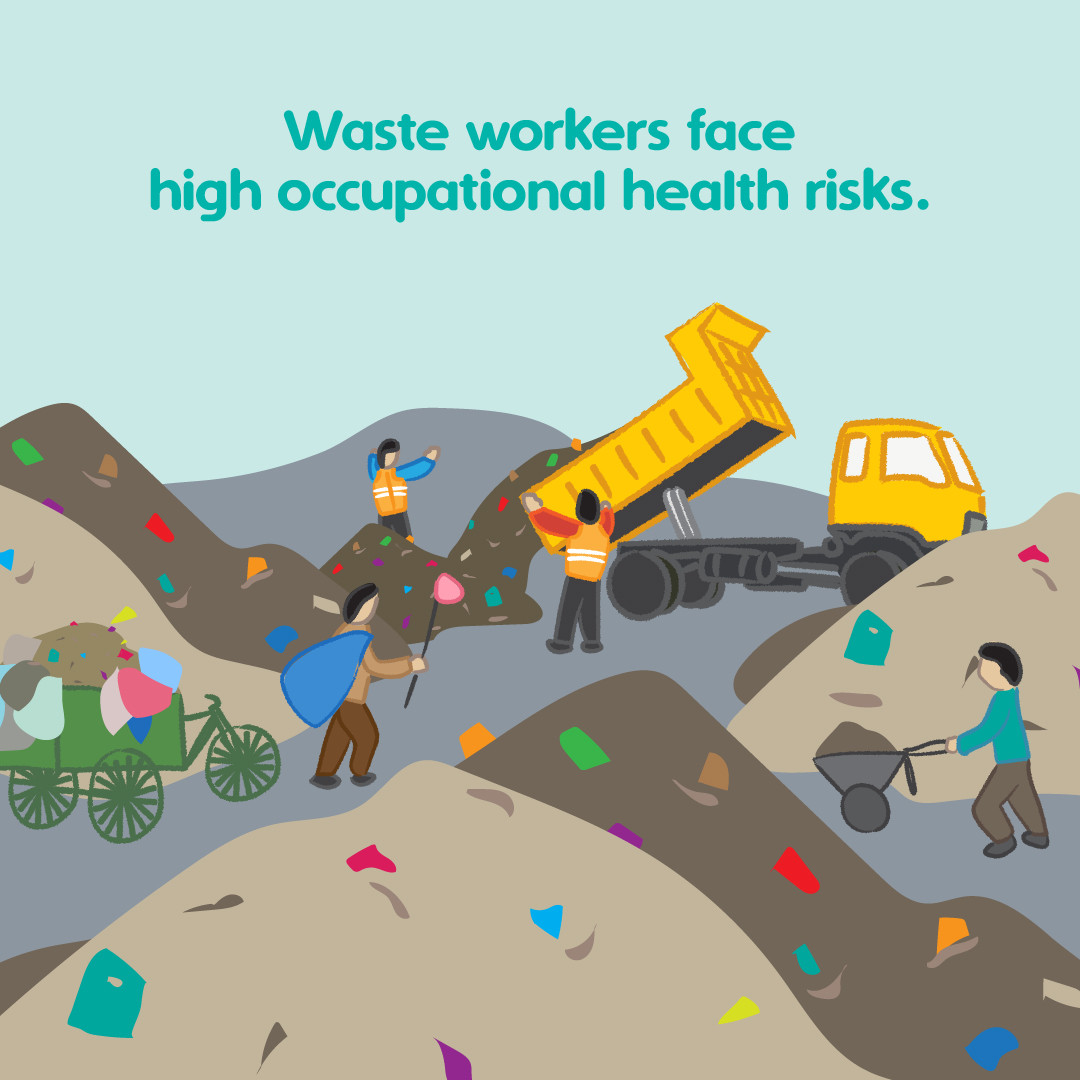
Waste workers can protect themselves using PPE but we, as individuals, should also follow some precaution while managing our waste so as not to put them and their loved ones or ourselves and our loved ones at risk. One of the best ways we can manage our waste is by segregating it at source. When we separate waste into recyclables, organic, non-recyclable waste, and hazardous waste, we reduce the volume of non-recyclable and hazardous waste making them easier to manage. Hazardous waste such as broken glass and needles, if not packed well, can cause physical harm to both you and waste workers. Open wounds in particular invite infections. Broken bulbs also release mercury which cause neurological effects and affect both terrestrial or aquatic life systems as well. Likewise diapers and sanitary pads contain bodily fluids which spread infections if not wrapped properly before it is handed over to waste workers. Thus, it is our responsibility to make sure we are segregating our waste properly and making sure waste workers do not come in direct contact with any hazardous waste we produce.
In order to protect yourself and waste workers collecting your waste, here are some preventative measures you can take to safely manage your waste:
1. Segregate your waste at source. Ideally, you should have separated waste into four categories: organic waste, recyclable waste, non-recyclable waste, and hazardous waste.
2. Compost your organic waste and recycle any recyclable waste you collect (whether through Doko Recyclers or other recycling companies/individual vendors).
3. Secure your non-recyclable waste properly so it doesn’t spill and contaminate other waste or infect you and your waste worker.
4. Mark your bag as hazardous or sanitary waste so waste workers and sorters know to avoid such waste packages. Make sure the bag will not tear and spill its contents.
[Non-recyclable waste includes hazardous waste such as broken glass and needles, sanitary waste such as used masks and gloves, sanitary pads and diapers as well as nonrecyclable material such as multilayer plastics (noodles, chocolates, and biscuits packaging) and styrofoam. In particular, any biomedical waste that has bodily fluid such as diapers, sanitary pads, and used napkins may contact bacteria or viruses that spread diseases such as COVID-19.]
5. Place the waste on the ground and step away maintaining 1 meter distance and creating space for the waste work to pick your waste materials up.
6. Make sure you are wearing your mask and a pair of gloves while handing over waste to waste workers to reduce COVID-19 or other communicable disease transmission. COVID-19 spreads through air-borne particles so make sure you are wearing a mask and keeping distance so you are not spreading the disease or getting it yourself.
7. If you are handing over fees to waste workers, ensure that you are wearing a mask and maintain 1m distance while doing so.
8. Wash your hands and face before and after handling waste and wash your hands for at least 20 seconds thoroughly with soap.
Following these steps will help mitigate various ailments from infectious diseases such as COVID-19. It will also help waste workers know which one of your waste containers contain recyclable or nonrecyclable containers. This will allow waste workers to gauge which container holds the recyclable waste so they can sort it properly. After you segregate waste at source, you also need to think about how to manage it. Organic waste needs to be composted, recyclable waste needs to be sold to independent vendors or recycling companies, and non-recyclable waste needs to be stored and given to waste collectors in a safe manner. By taking care of waste from when you create it to when it ends up in our soil as compost, or as a resource in the factory, or landfill waste, it is our responsibility to make sure waste is managed properly.
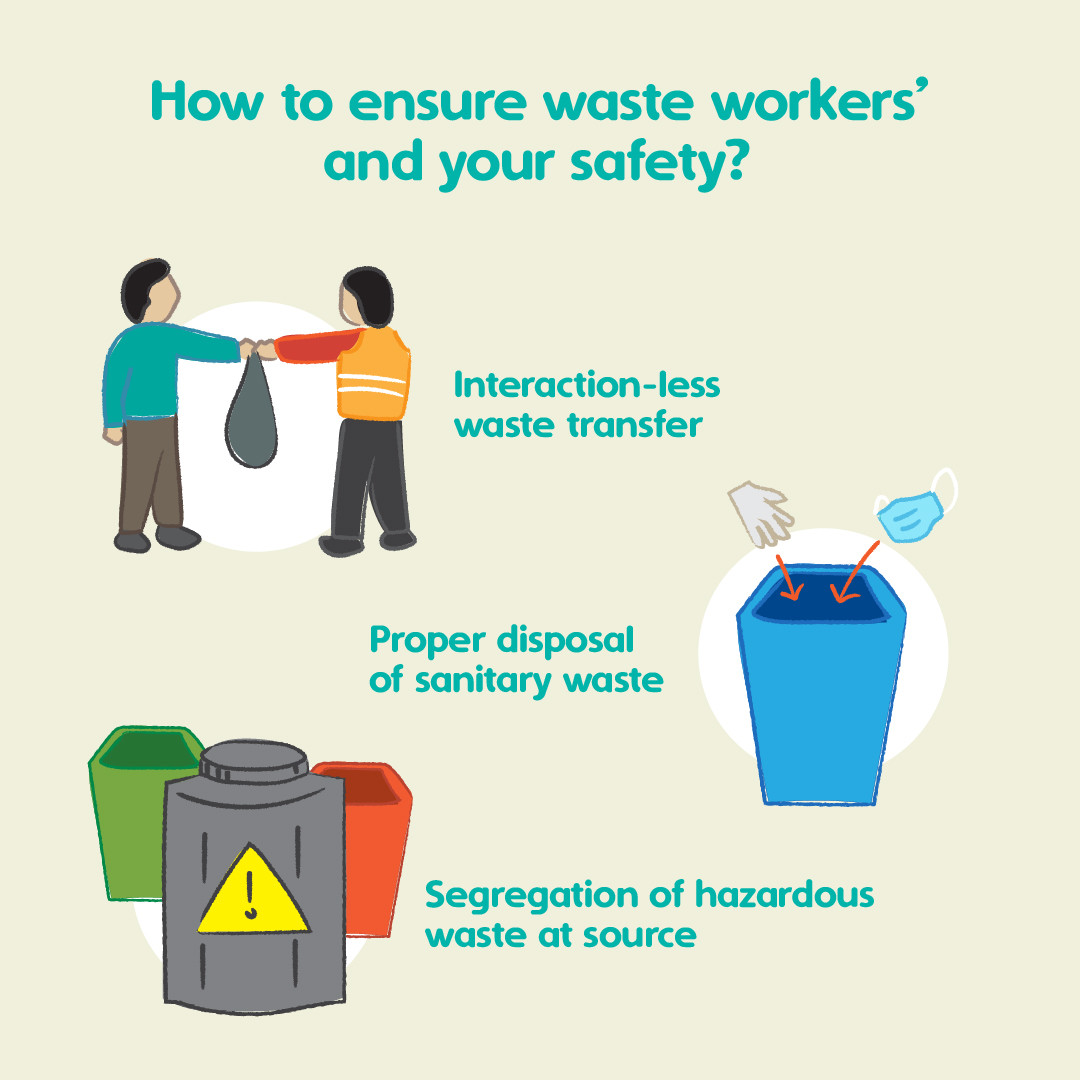
The pandemic has made us rethink the systems we lived under and operated. This goes for waste management as well. If we begin to take responsibility for the waste we generate, we can protect those around us from illnesses and diseases. If we segregate waste, we can create sanitary working conditions for waste workers who can receive clean recyclable waste. Finally, by dividing our waste into recyclable, organic, and landfill waste, we can protect our landfill, our environment, and contribute to a circular economy in the nation.




